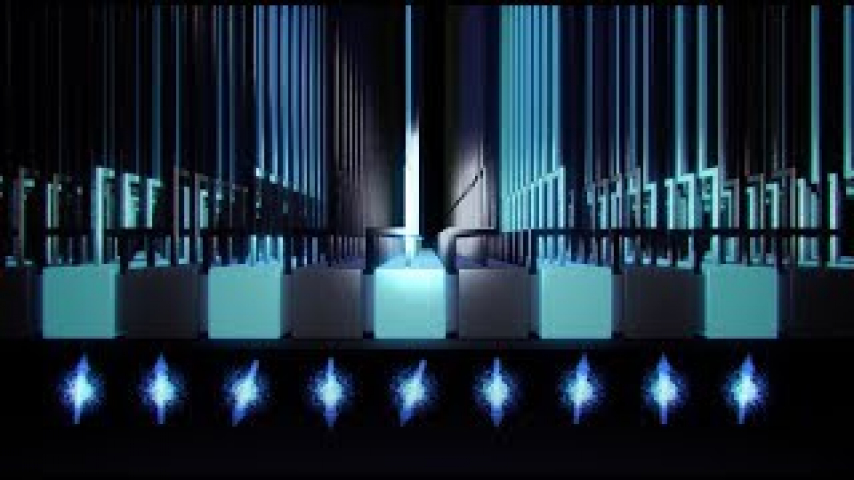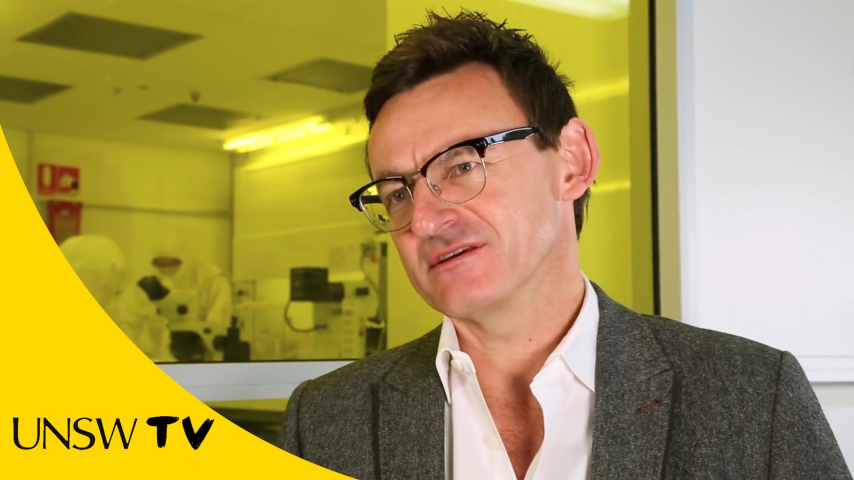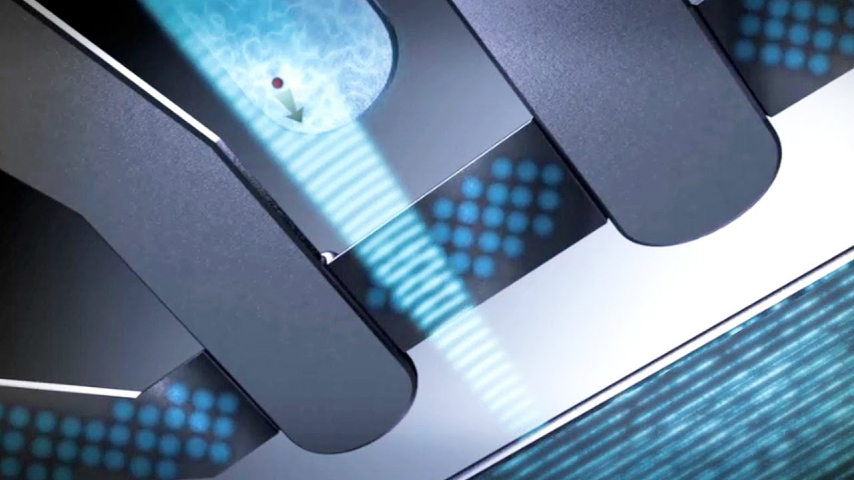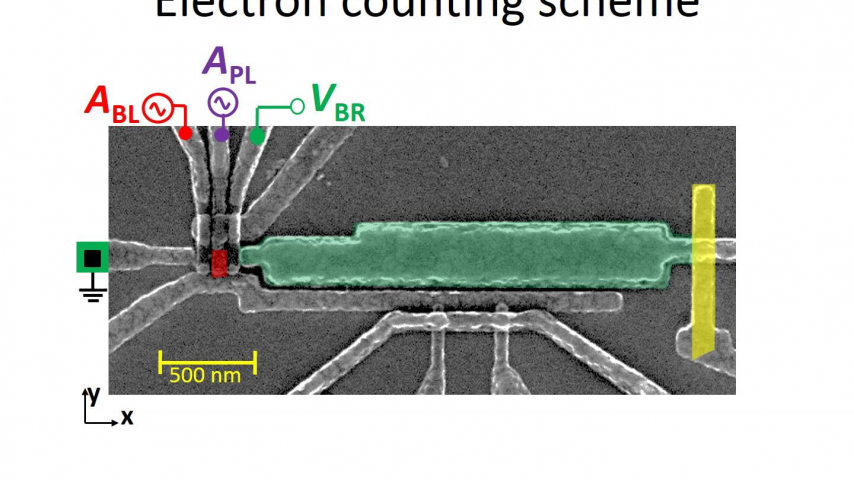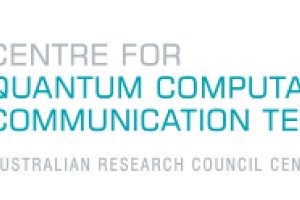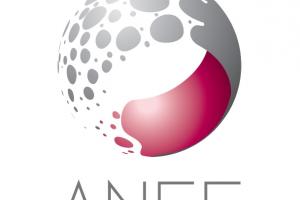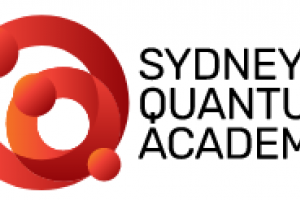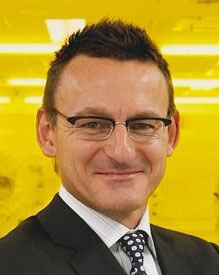
My Expertise
Quantum Computing and Nanotechnology
Keywords
Biography
Professor Andrew Dzurak is an innovator and entrepreneur in the global quantum technologies ecosystem, leading teams in both industry and academia. He is CEO & Founder of Diraq, a full-stack quantum computing company employing the silicon CMOS qubits developed by his team at UNSW Sydney over the past two decades. He is also concurrently a Scientia Professor in Quantum Engineering at UNSW Sydney, an ARC Laureate Fellow and a Member of the...view more
Professor Andrew Dzurak is an innovator and entrepreneur in the global quantum technologies ecosystem, leading teams in both industry and academia. He is CEO & Founder of Diraq, a full-stack quantum computing company employing the silicon CMOS qubits developed by his team at UNSW Sydney over the past two decades. He is also concurrently a Scientia Professor in Quantum Engineering at UNSW Sydney, an ARC Laureate Fellow and a Member of the Executive Board of the Sydney Quantum Academy.
Andrew holds a PhD in Physics from the University of Cambridge (UK) and a BSc (Hons) from the University of Sydney. Prior to launching Diraq, he was the foundational Director (2007-2022) of ANFF-NSW, the NSW node of the Australian National Fabrication Facility. Andrew was also a key participant over 20 years ago in the establishment of the ARC Centre for Quantum Computer Technology by Professor Bob Clark, which now maintains the world’s largest focused collaboration on silicon-based quantum computing.
Andrew, with colleague Andrea Morello, demonstrated the world’s first silicon quantum bits (qubits) in 2012, and over the past decade has developed a naturally scalable qubit technology by reconfiguring the ubiquitous CMOS transistors that make up all of today’s silicon processor chips. This CMOS qubit technology underpins Diraq, which aims to redefine scalable quantum computing and bring practical commercial applications to the world via billions of qubits on single chip, compared to the hundreds of qubits that exist today.
He has published over 200 research papers, and has published more than 30 papers in the prestigious Science and Nature group journals, including 6 seminal papers in Nature that include the world’s first demonstrations of one- and two-qubit quantum logic calculations in silicon chip devices. He is also an inventor on more than 30 patents across 12 patent families. Andrew received the 2011 Eureka Prize for Scientific Research, and his demonstration of a CMOS-based quantum logic was selected by Physics World, UK as one of the world’s Top Ten Scientific Breakthroughs for 2015. His research team at UNSW is funded by Diraq, together with the Australian Research Council and the US Army Research Office.
My Grants
As Lead Investigator:
2019 $2.895m – ARC Laureate Fellowship, "The CMOS Quantum Processor: A path to scalable quantum computing" (2019-2024)
2016 US$5.2M – US Army Research Office, “Multi-qubit operations using SiMOS quantum dots” (2017-2021)
2015 $470K – ARC Discovery, “Silicon Electron Pump: A New World Standard for Electric Current” (2016-2018)
2015 $700K – ARC LIEF, “Silicon LPCVD Facility for Quantum Computing & Solar Cells” (for 2016)
As Joint Chief Investigator:
2017 $33M – ARC Centre of Excellence, “Centre for Quantum Computation and Communication Technology” (for 2018-2024)
My Qualifications
PhD in Physics, University of Cambridge, UK (1993)
BSc (Hons I & University Medal in Physics), University of Sydney (1987)
My Awards
Laureate Fellowship, Australian Research Council (2019)
Elected Fellow, Royal Society of New South Wales (2015)
“Top Ten Breakthroughs of 2015”, Physics World, UK (2015)
Best New Invention, UNSW Innovation Awards (2014)
NSW Govt. Award for Excellence in Engineering and Information and Communications Technologies (2012)
Eureka Prize for Scientific Research (2011)
UNSW Scientia Professorship (2011)
Finalist, Eureka Prize for Scientific Research (2007)
ARC Postdoctoral Research Fellowship, Australian Research Council (1996)
My Research Activities
- quantum computation
- nanofabrication technologies
- silicon nanoelectronics
- single electron devices and metrology
My Research Supervision
Areas of supervision
Silicon-based Quantum Computing
Currently supervising
As Primary Supervisor:
Will Gilbert - PhD candidate - Commenced 2019-T1
Ensar Vahapoglu - PhD candidate - Commenced 2019-T1
Amanda Seedhouse - PhD candidate - Commenced 2019-T2
Jesus David Cifuentes Pardo - PhD candidate - Commenced 2019-T3
MengKe Feng - PhD candidate - Commenced 2019-T3
Yue (Rocky) Su - PhD candidate - Commenced 2019-T3
Jonathan Huang - PhD candidate - Commenced 2020-T1
As Joint-Supervisor or Co-Supervisor:
Alexis Shaw - PhD Candidate - Commenced 2018-S1 (with Prof. Michael Bremner, UTS)
Ik Kyeong Jin - PhD candidate - Commenced 2019-T1 (with Prof. Alex Hamilton, UNSW)
Zeheng Wang - PhD candidate - Commenced 2019-T1 (with Dr. Arne Laucht)
Santiago Serrano Ramirez - PhD candidate - Commenced 2019-T2 (with Dr. Arne Laucht)
Ingvild Hansen - PhD candidate - Commenced 2019-T3 (with Dr. Herny Yang, UNSW)
James Slack-Smith - PhD candidate - Commenced 2019-T3 (with Dr. Jarryd Pla, UNSW)
My Engagement
CEO & Founder, Diraq Pty Ltd (2022 -)
Member, Executive Board, Sydney Quantum Academy (2019 -)
Member, Executive Board, ARC Centre of Excellence for Quantum Computation and Communication Technology (2011 -)
Member, Photon Sciences Advisory Committee, Paul Scherrer Institute, Switzerland (2015 -)
Member, Australian Advisory Board on Health Care and Technology Competitiveness (2019 -)
Location
Australian National Fabrication Facility (ANFF)
Level 3, Newton Building (J12)
Publications
ORCID as entered in ROS
Videos


